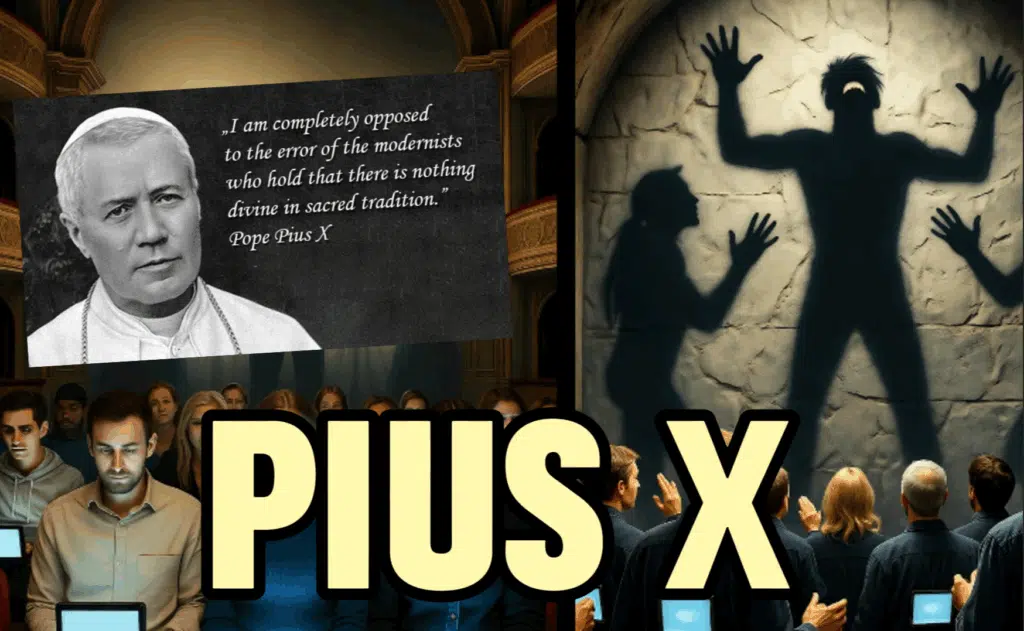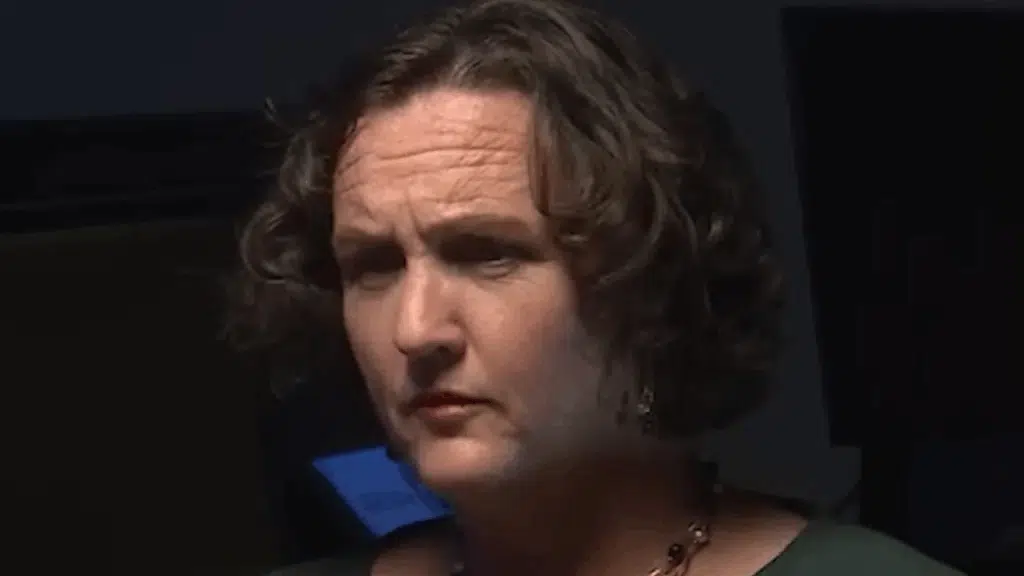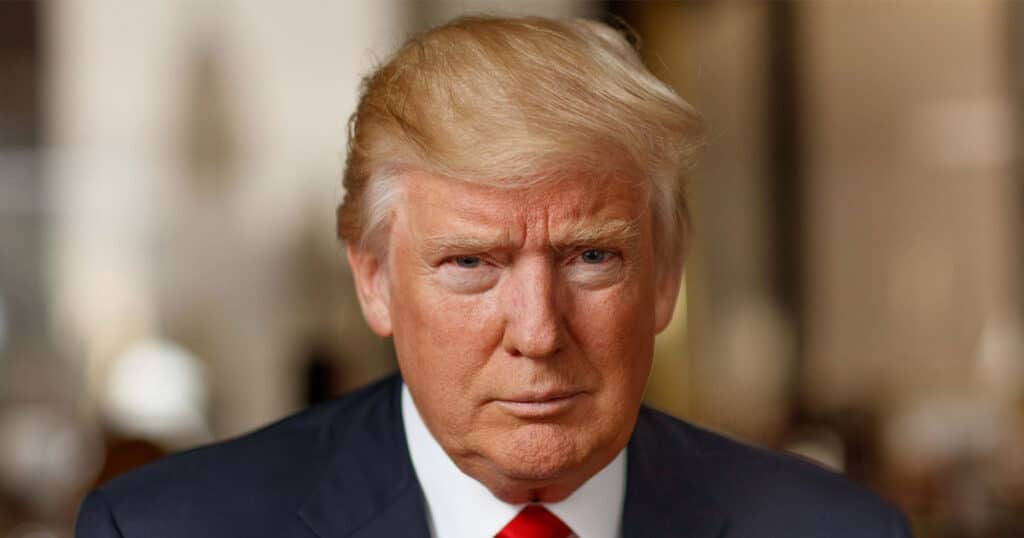
Biden Botched Financial Aid Rollout. And It’s Parents and Students Who Are Paying the Price.
In a normal year, May 1 is known as National College Decision Day, the deadline for students to commit to enrolling at a college, guided in part by their financial aid awards. But the Biden administration’s disastrous rollout of a new financial aid application has left tens of thousands of families in the dark about their students’ future and prompted several universities to push back their enrollment deadlines.
As of April 19, completed FAFSA applications were down nearly 30%. At best, it means many students and parents don’t know how much it will cost to attend college in the fall. Even worse, it may lead frustrated young people to skip college altogether.
The Free Application for Federal Student Aid is a notoriously cumbersome form that all prospective college students must fill out if they want federal loans or grants.
Previously more than 100 questions long, FAFSA’s current crisis can be traced to 2020, when the FAFSA Simplification Act dropped the number of questions on the form to about 40.
Ironically, because of the Biden administration’s incompetence, the simplification has led to massive complications and confusion for families this year as they apply for college. Focused on other priorities, the Biden administration failed to update the FAFSA website before October, when most students start applying.
In fact, the “improved” FAFSA website didn’t go live until the end of December, and even then, only in 30-minute increments. This was presumably so that the department could meet the statutory deadline for release, as Inside Higher Ed reported. When the website finally became available in a more final form in January, the Department of Education still wasn’t processing applications or relaying students’ financial information to colleges. It said it’d be able to do that by mid-March.
President Biden’s FAFSA Chief Steps Down
With the May 1 deadline now here, the Biden administration is still running behind, prompting the bureaucrat in charge of the new form to resign last week. But it’s students and their families who are paying the real price of this debacle.
Couple that reality with what families are now seeing at America’s universities—protests featuring ugly displays of antisemitism—and it appears that higher education is experiencing the same “Zoom moment” that K-12 schools experienced during COVID-19. Parents now see up close what schools are teaching and the values they relay. All of this is the perfect recipe for a significant decline in college enrollment this year.
That might not be such a bad thing. Far too many students feel that pursuing higher education is their only option for success, and if this FAFSA debacle ushers in a much-needed course correction, that would be a welcome silver lining.
But for those students still pursuing traditional higher education, this academic limbo is maddening.
Colleges Push Back Enrollment Deadlines
Colleges are trying to adjust, and many have extended their decision deadlines, some as far out as July. Department of Education officials had to explain the disastrous rollout in congressional hearings, more of which should come soon.
All of this is yet another reminder of the pitfalls of the federal government’s involvement in higher education. Today, the federal government originates and services most student loans. But the Department of Education wasn’t designed as a bank, nor Uncle Sam as a lender. And it’s clear the agency isn’t up to the task.
The FAFSA debacle conjures up memories of the disastrous rollout of the Obamacare portal a decade ago.
As dual trainwrecks of the FAFSA rollout and antisemitic university protests play out simultaneously, there’s no better time for Congress to cut off the open spigot of federal funds to universities and protect future American students.
Originally published by USA Today


